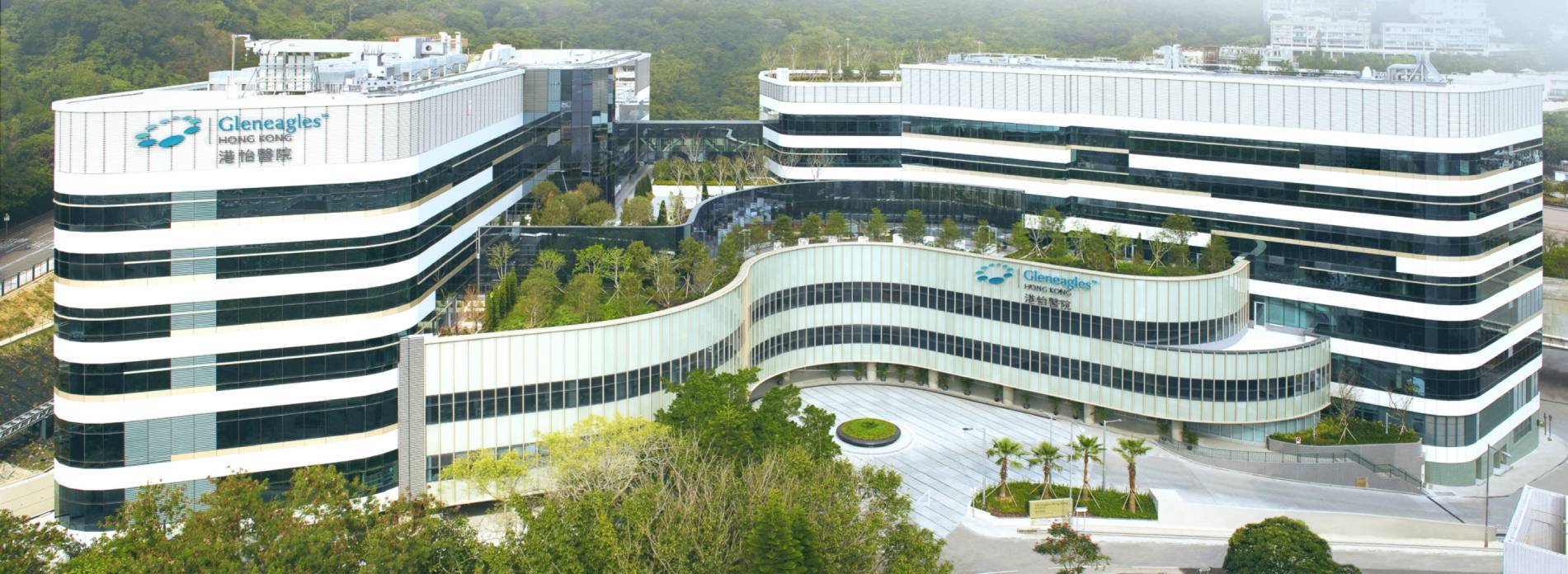The safer you ski, the freer you’ll be
During Lunar New Year holidays, many of us head towards the winter countries for some snow and some even to experience the adrenaline rush from skiing! Despite our enthusiasm, due to Hong Kong’s geographical location, our skiing experience can be quite limited and hence, higher chances of injuring ourselves when doing so. The number of people seeking medical attention or even having to undergo surgeries due to ski-related injuries is noticeably higher after long holidays.
Trips and falls are common when skiing and the type of injuries are different depending on the gear and equipment used. Taking Alpine Skiing as an example, as the skis used are quite long, when falling, the knee and joints tend to suffer a lot of impact, causing different levels of sprains and damage to the soft tissue in them, with medial collateral injury and anterior cruciate ligament tear being the most common injuries.
Medial collateral injury and anterior cruciate ligament tear are caused by different reasons; the former one most likely caused when the skier’s adopt the 'snowplough' position when trying to slow down after skiing down with high speed, with the feet and knees pointed inwards and the legs slightly bent. This stance puts the knees under a lot of strain that stretches, tears or even damages the knee ligament on the inner side of the knee. Severe knee pain is then caused by the inflammation. The latter is usually caused by falling over and collisions, some skiers may hear the ligament tear or can even feel the displacement happen. The bleeding caused by the tear of the ligament may also lead to swelling around the knee and joints, affecting their mobility. Skiers with anterior cruciate ligament tear will experience sharp and acute pain at the time of injury.
In terms of treatment, medial collateral injury requires 2-4 weeks of rest for recovery and requires support from a hinged knee brace. Anterior cruciate ligament tear is however more challenging as it is not self-healing, and will require minimally invasive reconstructive surgeries, using patient’s hamstring or patellar tendon.
Immediate medical attention should be sought after the injury so that your orthopaedic doctor can provide assessment and diagnosis accordingly. MRI might even be recommended for a more thorough check of other soft tissue injuries of the knee, such as the meniscus or other ligaments nearby.
If you are experiencing inner knee pain, swelling or even unstable kneecap after skiing, you should go to a doctor straightaway. Make sure safety precautions are done properly so your pleasure doesn’t come with a price and you can really make the most out of your skiing holiday.





